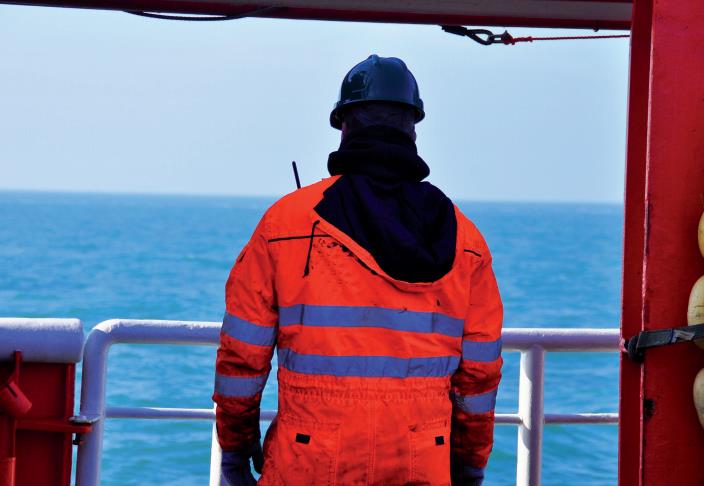
Cost growth returned to seafaring in 2018 and is projected to accelerate moderately on recovering vessel earnings and continued shortfall in officer numbers, shipping consultancy Drewry said.
Manning costs have risen moderately in 2018 following several years of stagnation as a recovery in most cargo shipping markets has taken some pressure off vessel operators, enabling employers to lift wage levels, particularly amongst the market-related officer ranks.
“This follows several years when average seafarer pay had flat lined because the depressed state of most cargo markets had made wage increases almost unaffordable,” Martin Dixon, Drewry’s director of research products, said.
Drewry estimates that aggregate manning costs rose by around 1% in 2018 with both ratings and officer pay rising by the same margin. This contrasted with 2017 when average costs rose by just 0.2%, dragged down by a 0.75% decline in overall officer wage rates.
The return to wage growth has occurred despite the shortfall in officer numbers receding to more manageable levels. But the shortage is expected to continue for the foreseeable future despite projected stagnation in the vessel fleet, as longer leave and shorter tours of duty increase man-berth ratio requirements.
“The growth in supply of seafarers has been slowing and is projected to slacken further over the next five years,” Dixon added.
“This slowdown in the available maritime workforce has important implications for shipowners, particularly in terms of recruitment, retention and wage costs.”
Drewry expects the pressure on vessel operators’ costs to continue to dampen wage inflation. The shipping consultancy said that average manning costs would rise moderately over the next five years, with some acceleration anticipated towards the end of the forecast period as backup ratios rise to cope with longer leave periods.